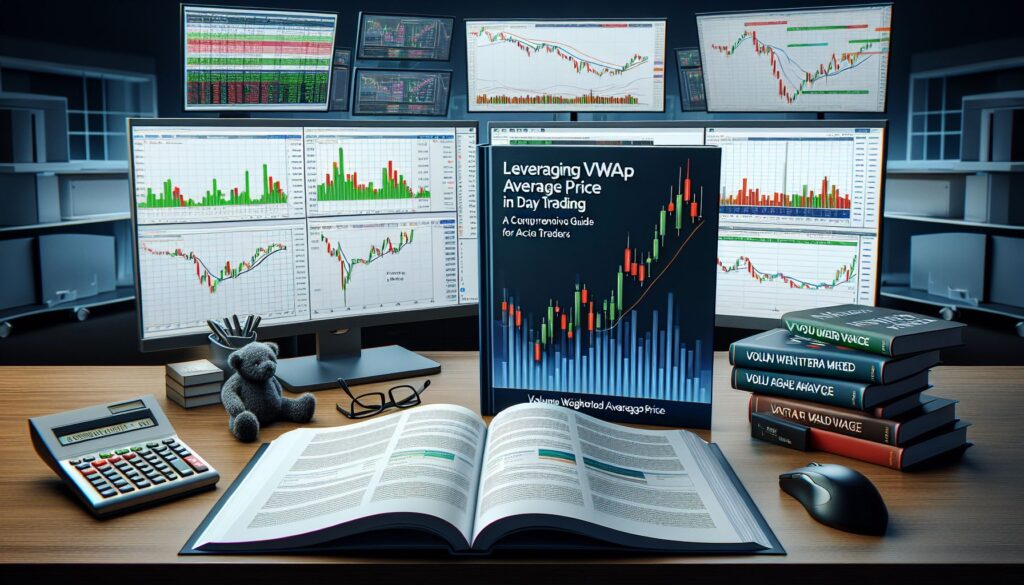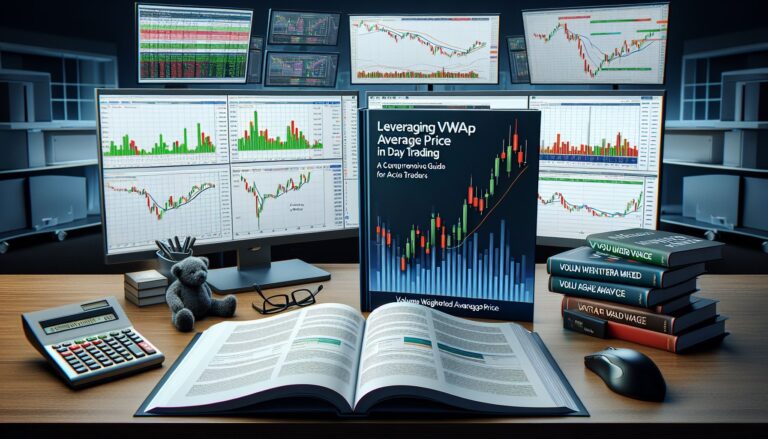Leveraging VWAP in Day Trading: A Comprehensive Guide for Active Traders
Active day trading is a complex endeavor that requires a deep understanding of financial markets, the ability to analyze several moving parts, and the tools and strategies necessary to make informed decisions. One powerful tool that active traders frequently employ is the Volume Weighted Average Price (VWAP). Exploring its role in day trading can provide a firm foundation for more informed trading decisions.
Understanding VWAP
The Volume Weighted Average Price (VWAP) stands as an invaluable tool for active traders. Simply put, it’s an intraday indicator, developed to assist traders in discerning whether a specific security is being bought or sold at a good price. It is calculated by taking the average price traded shares throughout the day while considering the volume of those shares.
A key aspect that distinguishes VWAP is its capability to provide more context than a simple average—it’s not just about the price, but also about the volume of securities being traded. The effect of this on your trading strategy could be truly transformative.
VWAP in Day Trading
In terms of day trading, VWAP serves as a straightforward gauge of whether a security is being transacted at a favorable rate. If the price of a stock is above its VWAP, it can be inferred that the stock is trading at a higher than average price—a sign that you should perhaps delay your buy. Conversely, if the stock price is below the VWAP, it may be an ideal time to buy.
Moreover, VWAP can also act as a potent support and resistance line. If the security price sits below the VWAP, it might encounter resistance when trying to surpass the VWAP line. Should the security price be above the VWAP, it could find ‘support’ at the VWAP line if it continues to drop.
Strategies for Utilising VWAP
Many sophisticated trading algorithms and professional traders use VWAP as a part of their trading algorithms. However, here are two commonly used VWAP strategies:
-
The VWAP Pullback: This strategy harbingers potency when the price of a security is above the VWAP line but then pulls back to it. These pullbacks towards the VWAP often serve as excellent entry points as they often ‘bounce’ off this line and continue their bullish trend.
-
VWAP Cross: This strategy shines when the price of a security crosses the VWAP line. A bullish signal is generated when the price rises above the VWAP line and vice-versa.
Bear in mind, these strategies are only as good as the trader using them. Patience, in-depth understanding, and meticulous risk management are as essential as the strategies themselves.
Conclusion
While the VWAP is a potent tool for any day trader’s arsenal, it should not stand alone. A comprehensive strategy employs several technical indicators that support one another to help make more informed trading decisions. With adequate understanding and efficient use, VWAP can provide valuable insights into the market’s trends, serving as your guide in the exciting yet erratic world of day trading.
Remember, prudent usage of VWAP is a beacon that illuminates your path in the dynamic world of active trading. Equip yourself with knowledge, refine your strategies, enhance your trading toolkit, and make more informed decisions with the power of VWAP.
Master the art of day trading strategies and ride the waves of success in the market. Happy trading!
Note: This is a general advice and should not be considered as financial advice. Always perform your own research before making any investments and seek professional advice if needed.

